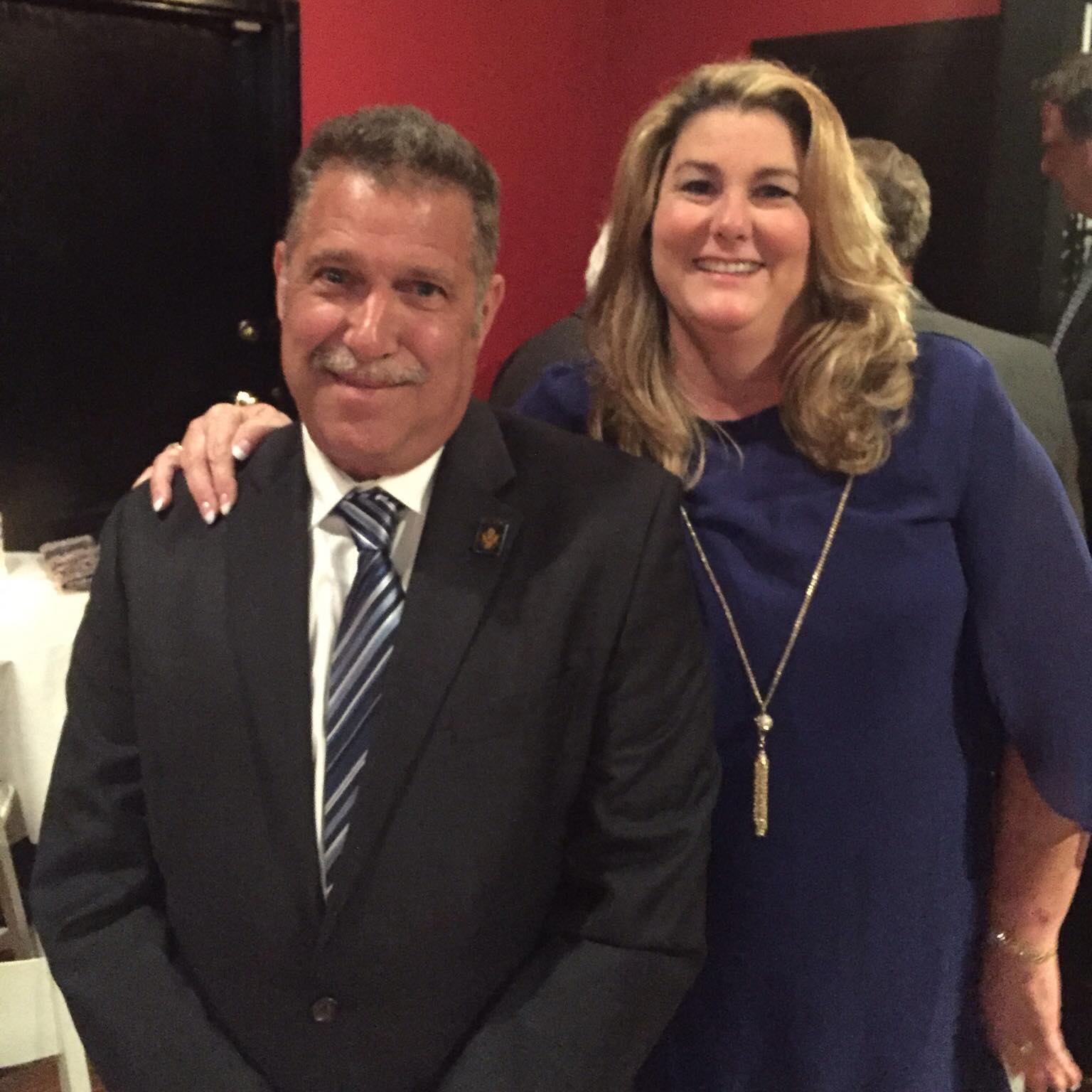
Aumani Phillips
via Google
My son loves this place. He loves his instructors and they make sure to recognize him and his achievements. We've been there less than a year and it feels like they've known him his whole life.

krystal kennedy
via Google
Celebrated my son’s 8th birthday at Yonsei & the kids had a blast! Non-stop fun from start to finish. The party attendants took care of everything so the grownups could just sit back and enjoy watching all the great games. Highly recommended Yonsei for your next birthday party!

Renell Webre
via Google
Our son started with Yonsei almost a year ago and he absolutely loves it! He always looks forward to going to his classes. All the instructors do an awesome job teaching our kids. Everyone is so sweet! The class hours are pretty flexible. I would definitely recommend Yonsei Martial Arts Academy!

Juarice Collins
via Google
My family has experienced diffrent Martial Arts Academies and Yonsei is by for the Best. My Daughter Loved the Relationships, and Friendships she has developed and wants to continue. Sensei is more than an instructor, he is a leader, he is kind, firm, approachable and extremely knowledgeable. The Staff is way more than amazing, they are astonishing. If anyone attends this Academy you and/or your child will definetly become a better person.

Satashi Akechi
via Google
Yonsei is easily the best martial arts school in the country.

Lauren Lexington
via Google
Yonsei Martial Arts has been amazing for our kids. For the past two years we’ve been able to celebrate the personal growth and skill development acquired through the weekly training, guidance, and leadership Yonsei offers. Classes are efficient and fun. Leaders are encouraging and firm. Friendships are abundant. Opportunities for our older kids to lead the younger ones has helped them to develop life-long leadership and teamwork skills. The optional tournaments motivated them to work towards a goal, measure their skill level, and celebrate their efforts. We have greatly appreciated Master Mike Sentilles, Mrs. Peggy Richard and their leadership team with all they’ve done taking the time to get to know our kids and help them to be the best they can be. We highly recommend Yonsei to families who are looking for a Martial Arts school that truly cares about their students.

Kristin Desselles
via Google
I absolutely love what this place did for my child. I enrolled my child here when he was 5 years old, and I truly believe it has helped shape him into the great young man he is today! Not only do they teach you karate, but they teach you life lessons and mature ways to react and deal with situations. The staff was incredible, and my child loved all the extra fun activities they had for them. We even had a couple birthday parties over there - which hands down were the most fun and unique experiences ever! All of his friends and their parents had a blast and used them as well. Highly recommend this place!!!

Ashley Jones
via Google
⭐⭐⭐⭐⭐
There are so many great things about Yonsei! The one that I love the most is the feeling we get each time we attend. They treat you like family! I can see a difference in my son after every visit! They encourage him to never give up and they teach him respect. What more could we ask for right! Stop by and see for yourself! You won’t be disappointed :)

Rene' Mackey recommends Yonsei Martial Arts Academy
via Facebook ·
⭐⭐⭐⭐⭐
We have been at Yonsei for almost 4 years and it was the best decision we made for our daughter. I love that they teach core values while having fun at the same time. The staff is amazing and we wouldn't dream of going anywhere else.

Angie Bonewell recommends Yonsei Martial Arts Academy
via Facebook ·
⭐⭐⭐⭐⭐
We love Yonsei! Joining this school is one of the best decisions we have made. Connor has really started to focus better in school and be more respectful and empathetic and confident since being at Yonsei. All of the staff are caring and attentive, and outside of training every child's entire well being is important to them.

Charlette Romero recommends Yonsei Martial Arts Academy
via Facebook ·
⭐⭐⭐⭐⭐
Yonsei Academy has given our son a safe, strict and fun place to learn Tang Soo Do. Respect, honesty and focus are a few core values taught. The staff is wonderful with kids. I recommend to friends and family.

Donna Scheidel recommends Yonsei Martial Arts Academy
via Facebook ·
Best decision we ever made sending my son to this school. The staff is great. My son became a 3rd degree black belt it took a lot of focus & hard work. The staff really cares for the students and teaches them how to respect themselves & others.

Keyla Pernia recommends Yonsei Martial Arts Academy
via Facebook ·
This place is excellent for physical activity and mental training, discipline. My two daughters like this. It’s fun for them and they enjoy every class. They always do different physical activity every time, so it’s great!!

Aravinda Rao recommends Yonsei Martial Arts Academy
via Facebook ·
The most engaging and committed staff! All 3 of our kids are enrolled at Yonsei.

Natalie Malek Meguerditchian recommends Yonsei Martial Arts Academy
via Facebook ·
Love this place!!!!

Wendy Ilski recommends Yonsei Martial Arts Academy
via Facebook ·
The absolute best thing you can do for your child or yourself is to join the Yonsei Martial Arts Academy family! Fabulous people and a fantastic program that will help you succeed in life!

Caden Shaver recommends Yonsei Martial Arts Academy
via Facebook ·
Have been here for 1 year already and joining Yonsei is the best decision I have probably ever made

Stefanie Markey recommends Yonsei Martial Arts Academy
via Facebook ·
We came here for a party. The staff was so amazing. The party was well organized and the kids had a blast

Michael Carter recommends Yonsei Martial Arts Academy
via Facebook ·
This school is amazing! My son has grown so much since he has been enrolled here. The instructors are very patient and very knowledgeable.

Christine Kovacs recommends Yonsei Martial Arts Academy
via Facebook ·
This place is awesome!! Logan loves going to karate and when he does he always gives it his best and always learning more and trying new things.

Tori Rayne recommends Yonsei Martial Arts Academy
via Facebook ·
Yonsei is impressive. The instructors sincerely care about the kids and give them individualized attention. This school has exceeded my expectations.

Jasmine Angel recommends Yonsei Martial Arts Academy
via Facebook ·
Yonsei is great! All the instructors are great, and know how to work with children in a way that is both firm, and respectful.
My child has learned a lot, has a lot of fun, and has improved in discipline, and focus.

Fannie Marcotte recommends Yonsei Martial Arts Academy
via Facebook ·
Great dojang. Master Sentilles and his staff of instructors instill good focus, discipline and self-control to students of all ages.























